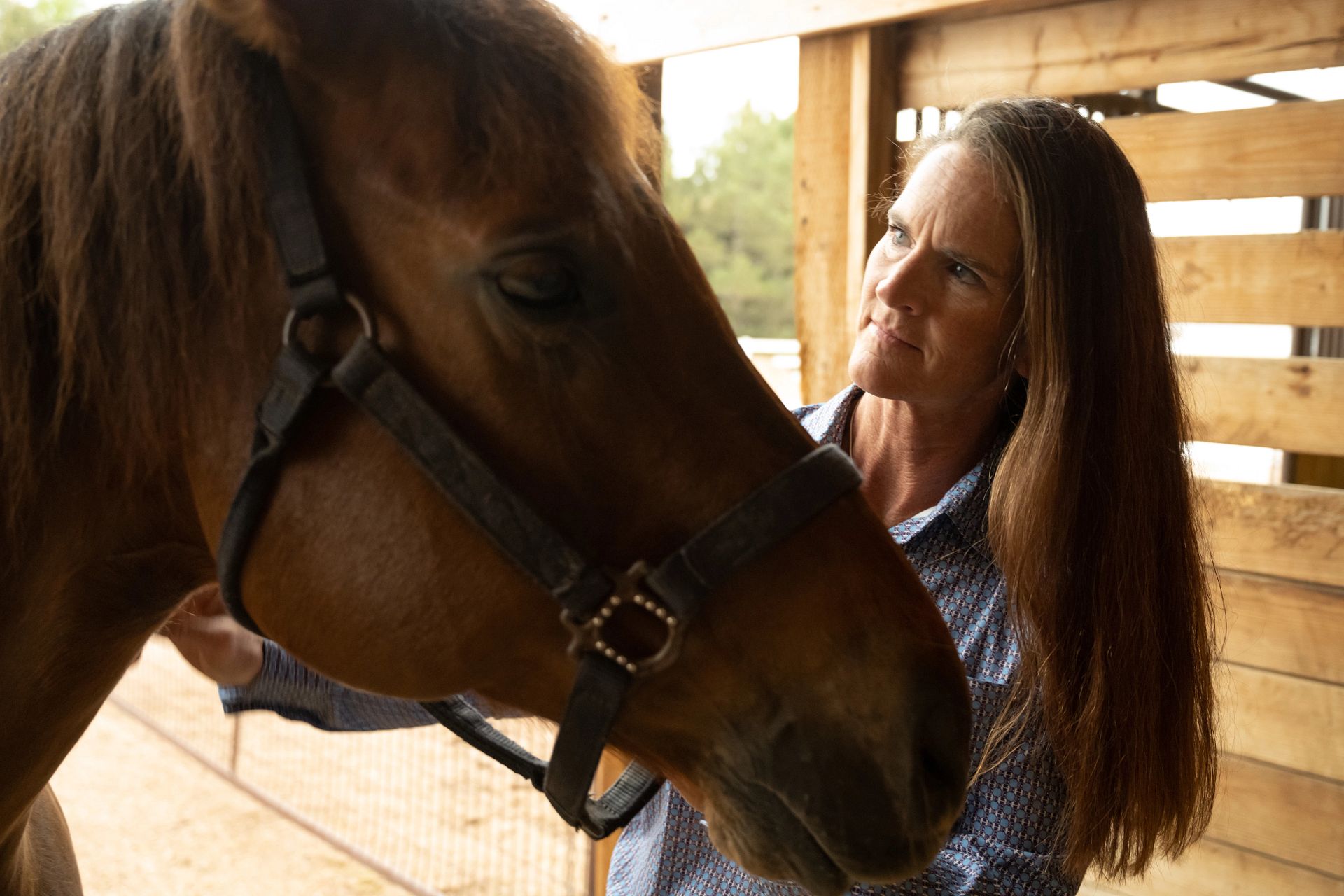I’m wondering if there’s a communication disconnect here - maybe the vet was feeling like you want to do diagnostics to overrule/disregard/deny the PSD, when in fact you just want to know what else might be there?
I won’t sugarcoat it - I don’t hold high hopes of your horse being (edit: very) rideable, especially if you continue riding him this way. I’m not a vet, but I HAVE done the suspensory thing - you’re going LIGHTNING fast for even a basic non-PSD issue. I do realize you aren’t exactly making this up yourself, but I’m a bit floored at the pace you’ve been told to go considering the situation.
Caveat, of course, that we could be misunderstanding EVERYTHING and can only go off of what you post here. Usually I’m on the IRL vets’ sides, but this is just different than I have experienced.



